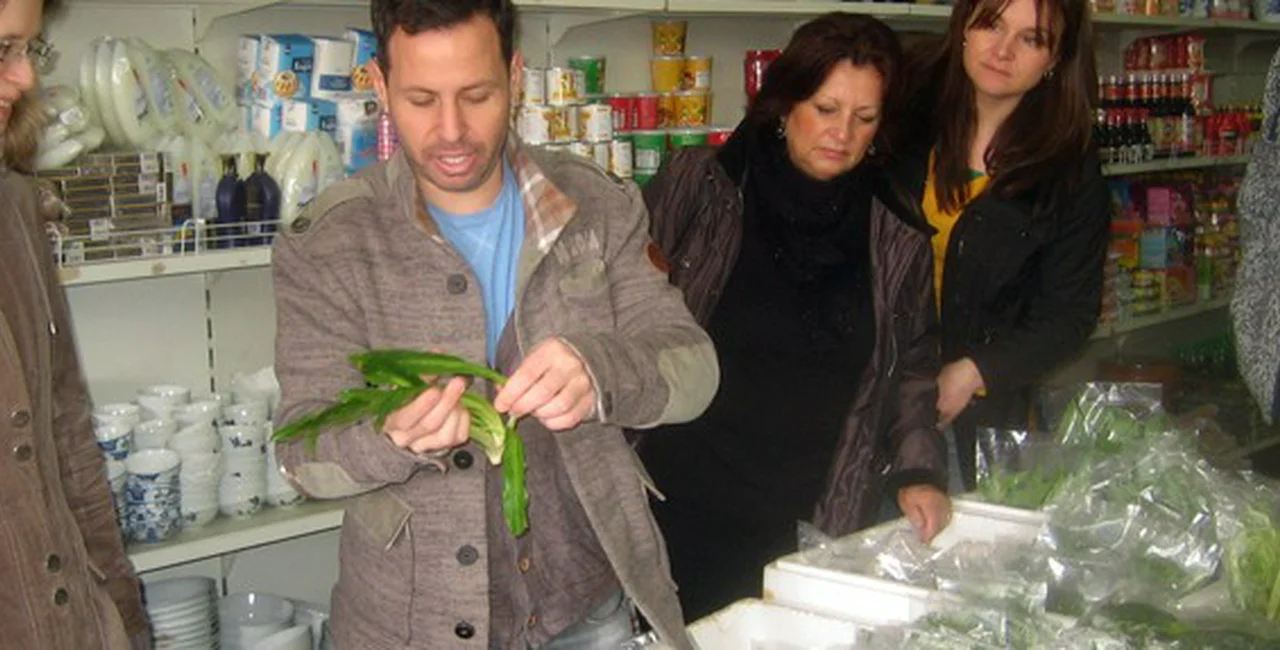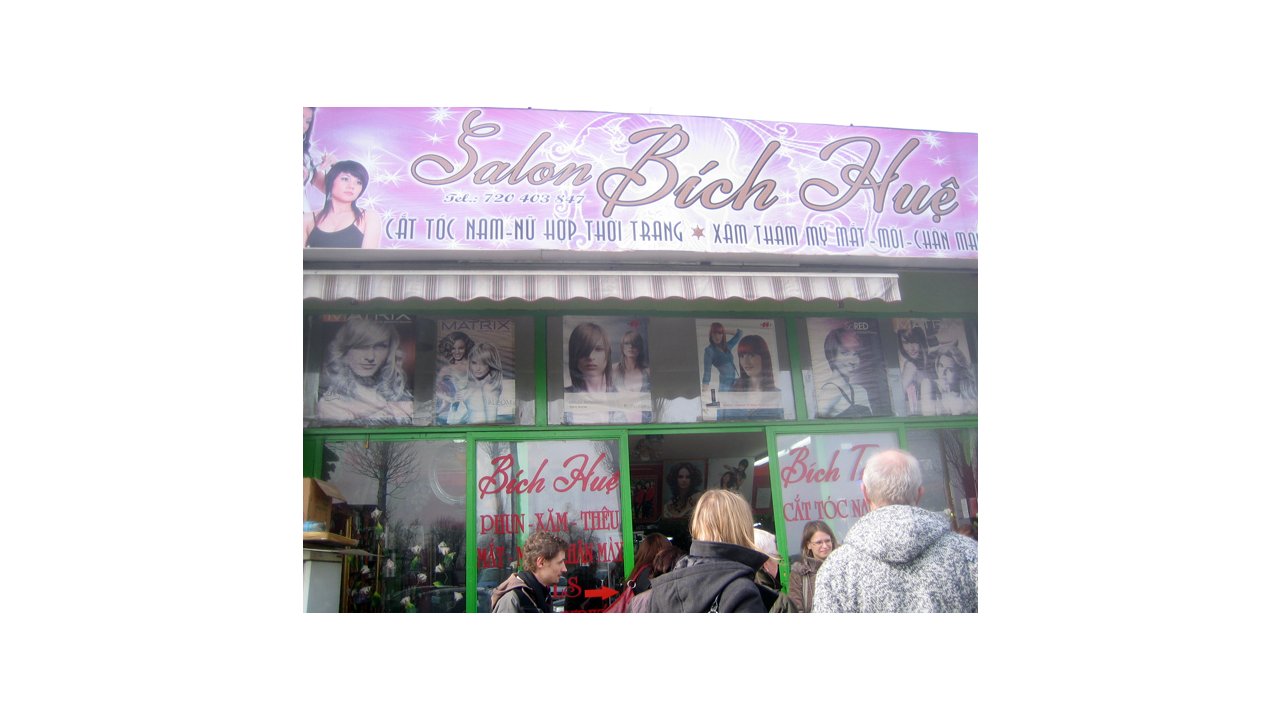“I’ll make every one of your culinary fantasies come true on this tour, but only the culinary ones.” Shahaf Shabtay, internationally acclaimed chef and owner of the SaSaZu chain of restaurants
As the group started heading towards the first stop on our tour—manicure, massage, and rice coffee—we scattered to hug the edge of the pavement in single file fashion to avoid the steady stream of cars, vans, and trucks that zoomed in and out of the main gate. Sapa Market in Prague 4 is the central distribution center for Vietnamese goods in Europe, so the traffic is an unfortunate byproduct.
The original Sapa, located in the northwest of Vietnam, is also a hub of sorts where the surrounding hill-tribes bring their goods to sell at the Saturday market, but that’s where the similarities end. There, the mist-covered mountains and colorful dress of the Hmong and Dzao people provide an amazing backdrop for your shopping experience. Its namesake in Prague offers a panoramic vista of warehouses shrouded in exhaust fumes.
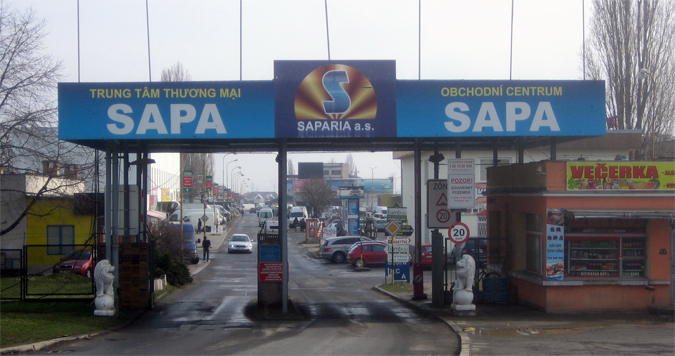
Our tour guide for the morning, internationally acclaimed chef and SaSaZu owner Shahaf Shabtay, looked at ease dodging traffic and spouting facts about the market and the Vietnamese community in the Czech Republic. He herded us around warehouses and down alleyways to Salon Bich Hue. Along the way, he pointed out a street lined with travel agencies—which sell tickets to Asia as cheap as 9000 CZK—and a school and university taught completely in Vietnamese.
Plastic cups of rice coffee were waiting for us when we arrived and provided a sweet, caffeinated jolt to wake up our taste buds. Our ragtag group of eleven crowded into the salon, but we couldn’t all be serviced at the same time. The men opted to loiter outside, sipping their coffee and shooting the breeze with Shahaf, while us ladies were being pampered. Ten minutes later, Shahaf popped back in to hurry us along, promising that we could return after the tour to finish what we had started.
We backtracked to a shop which had a staircase leading up to what appeared to be a family’s home. I leaned in to catch Shahaf’s explanation—sometimes it required real focus to decipher his heavily accented English. He was saying that many Vietnamese families used to live above their shops in the market until the Czech government outlawed it. This particular residence had since been converted into a restaurant, which specializes in a typical Vietnamese breakfast dish: bánh cuốn (steamed rice rolls).
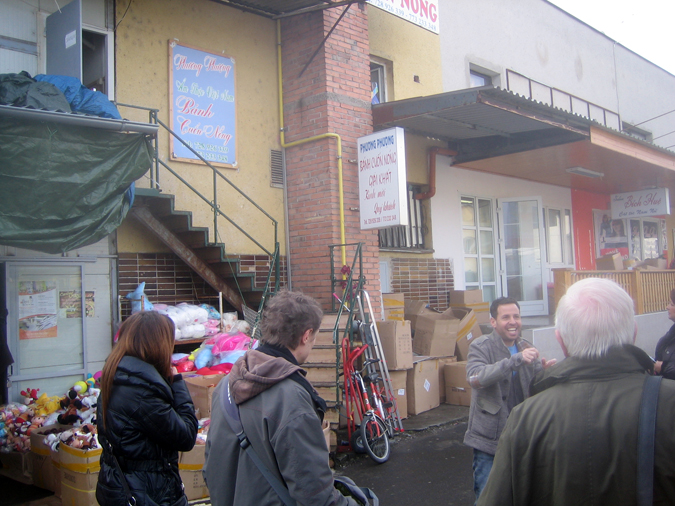
In the backroom, a man patiently prepared the rolls by hand, using the traditional, labor-intensive method. First, he spread a spoonful of rice batter mixture on a piece of cotton cloth that was wrapped tight as a drum over a boiling pot of water. The cloth readily absorbed this mixture. Then, after a few minutes, a perfectly formed sheet of rice paper miraculously emerged from the material, which was then removed with a bamboo reed.
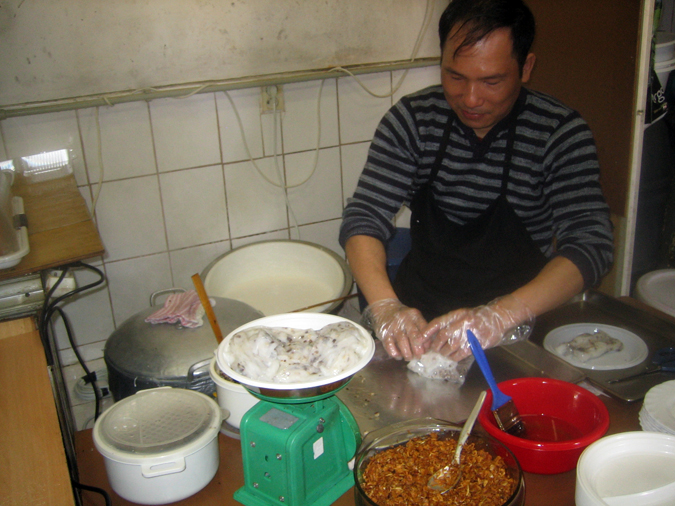
These rice sheets were filled with mushrooms, rolled up, and topped with fried onions. At the table we added some fresh herbs, lemon, and chilies, and dipped them in a fish sauce/green tea mixture. They were simply amazing. I had just popped the last bite in my mouth, savoring the blend of tang and spice and enjoying the contrasting crunchy-chewy texture, when Shahaf started hustling us out the door.
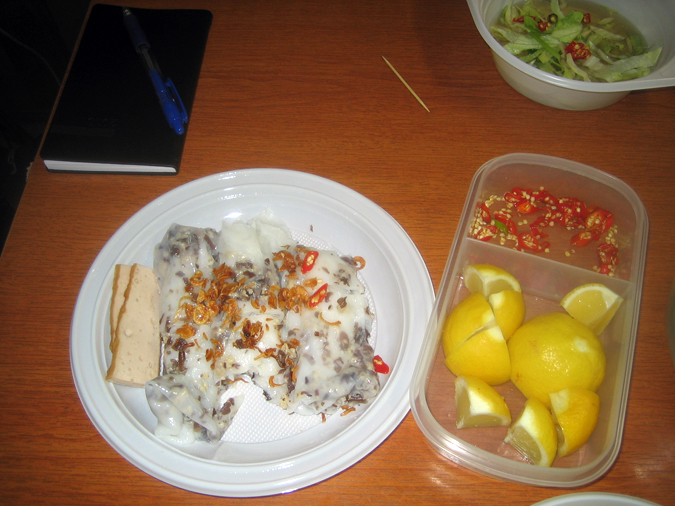
Our next destination was a fresh produce store. Shahaf did a mini-presentation, drawing our attention to a few items like banana stems (used to give sweetness to food without adding sugar), galangal (from the ginger family), Thai basil, and stalks of lemon grass. He then gave us free time to browse around and encouraged us to consult him for recipe ideas.
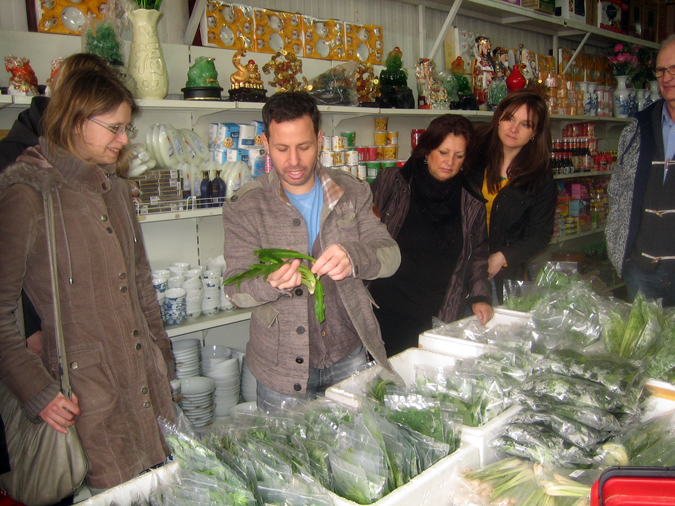
After that, we headed next-door to a dry goods and seafood shop. There we learned about some basic Asian ingredients, like fish sauce and coconut milk. Shahaf also gave us some tips on alternative uses for curry paste; for example, in salad dressing, for basting poultry or even mixing it with butter and brushing in on bread before baking. Then he drew our attention to the freezers full of shrimp, lobster, exotic fish, calamari and more. He said you couldn’t beat the freshness, price or quality anywhere else in Prague.
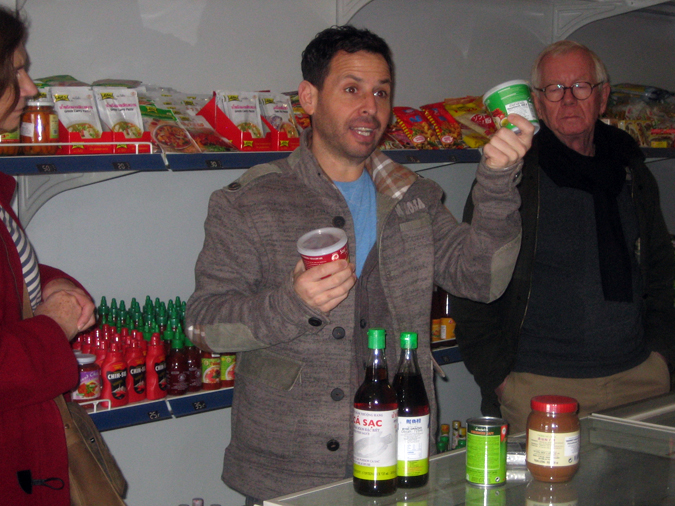
After a brief explanation on cooking tools (knives, grills, clay pots…etc.), it was finally time to sample the signature Vietnamese dish: pho bo.
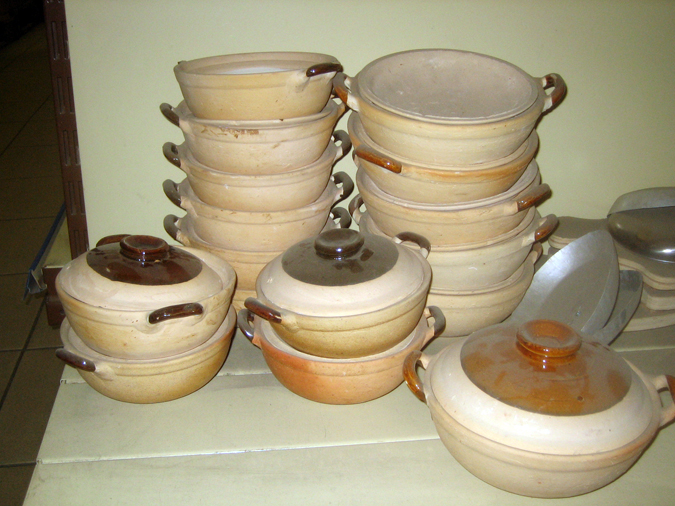
We crossed the market, narrowly escaping at least two head-on collisions, en route to the restaurant Phở Quỳnh Anh.
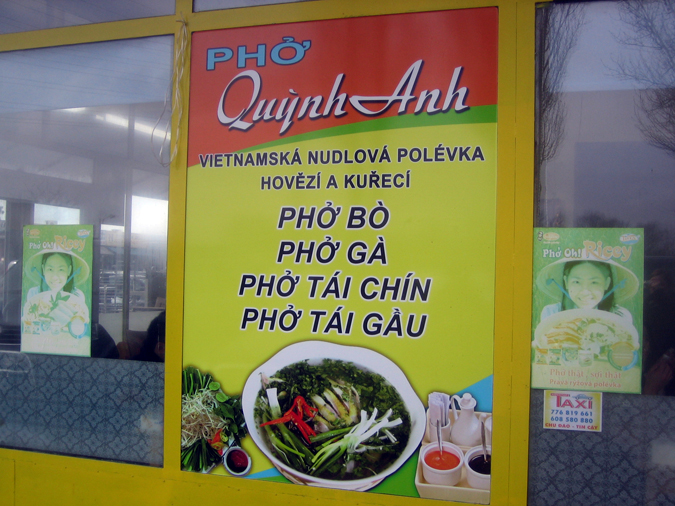
I was looking forward to tucking into the hearty beef and rice noodle soup and taking a moment to mentally sift through all the sights, smells and information from this morning. I hadn’t even taken two spoonfuls of the steaming broth before I heard Shahaf ask if we had finished yet.
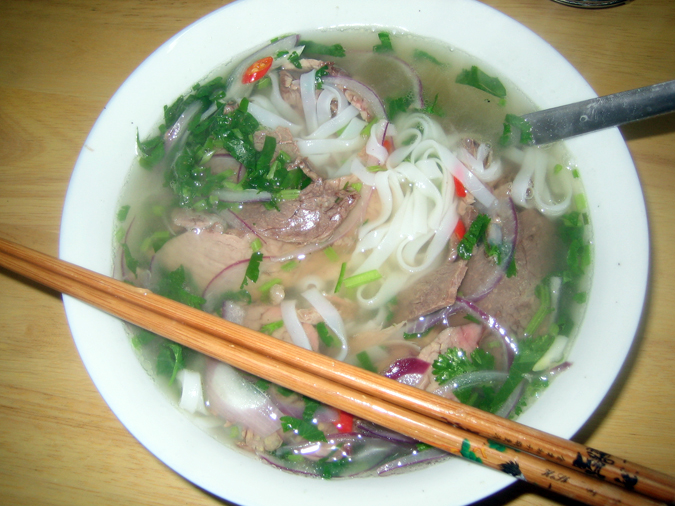
Grrrrr! I don’t take well to being prematurely parted from my food. I ended up leaving more than half my bowl, as did the others, while we were led around the corner for some quick dessert—a sweet mung bean drink, and bánh cam (fried sesame balls filled with mung beans).
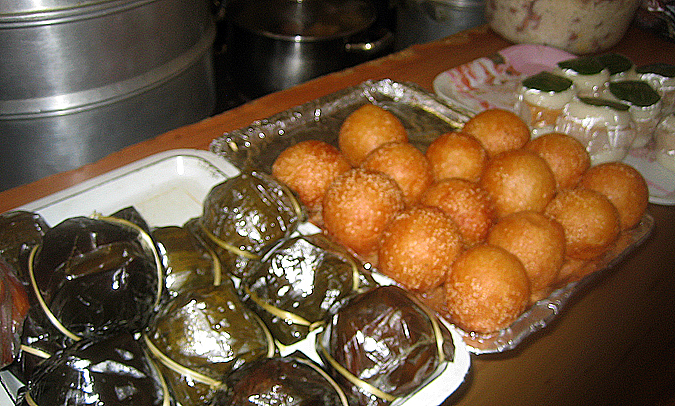
Both were delicious and soothed some of my prior indignation.
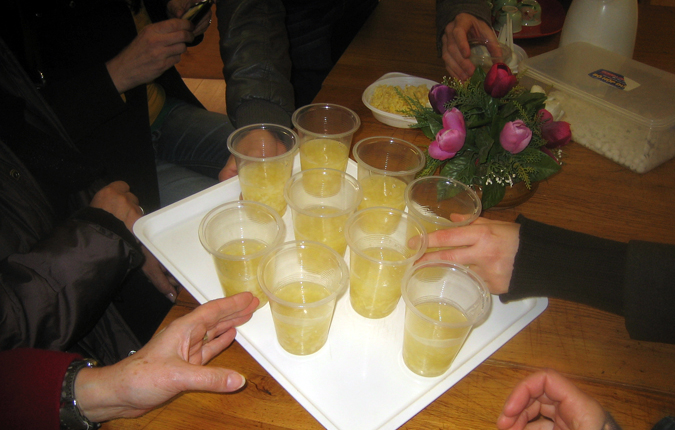
After a handshake and parting wishes, our tour officially ended.
My brain was a jumble of contradictory opinions. Shahaf’s easy banter with the group made the tour fun and personalized, and his energy and enthusiasm were admirable. He shared cooking tips and even some SaSaZu recipes. But the fast pace throughout really bothered me. He didn’t give us a chance to absorb the information or enjoy our food at the various stops.
I have taken cooking classes and market tours in Indonesia, Vietnam, and Thailand. In comparison, Shahaf’s tour was by far the most expensive with the least developed concept. It is not fully an introduction to Vietnamese cuisine nor completely a degustation, and the manicure/massage just killed valuable time we could have spent on culinary things. I understand that he wanted to show us everything the market has to offer, but it’s just not feasible in two hours, which explains the harried pace and information overload. If you’re familiar with Asian cuisine and its basic ingredients you should be able to cope, but if you’re a complete beginner, forget about it.
Don’t get me wrong, the tour is a great idea, but it needs a little tweaking. For starters, I would suggest focusing on two or three Vietnamese dishes to narrow the scope of the tour. Shahaf could outline the recipes and show us the ingredients in the market. Secondly, if he still wanted to include the manicure, give us a voucher so we could do it on our own time.
Surprisingly, despite the long list of negatives—the rushed tour, unfriendly pedestrian conditions and unappealing setting—Sapa Market is well worth a visit. From the moment I walked through the iron gates, I felt like I had been transported to another country. I didn’t hear any Czech or see any other Westerners (except for our tour group) the entire morning.
The pho restaurant we ate at was full of Vietnamese couples and families leisurely eating their soup, deftly snagging bits of beef with their chopsticks. When I stopped back to the beauty salon to finish up my manicure, the place was hopping. While I was waiting for my turn, I observed three generations of Vietnamese women getting their hair and nails done.
Schools, restaurants, beauty salons, supermarkets, clothing shops…I was struck that the whole of Vietnam had been reconstructed within these market walls. The only thing missing was the unbearable heat and motorbike congestion.
After my manicure, it was time to head back to the city center. As I boarded bus 113, I felt a twinge of disappointment at leaving Little Vietnam behind. I brought my shopping bag to my nose and breathed in the fragrance of fresh lemon grass to remind myself of the magical morning. Ten minutes later the bus pulled in to Kačerov and I was walking down the steps to the metro platform…once again back in the Czech Republic.
Tour Cost: 750 CZK
Included: Manicure/massage, rice coffee, steamed rice rolls, noodle soup, dessert and guided tour of the market with two shop visits
Where: Libuš, Praha 4. Nearest bus station – Sídliště Písnice
When: Designated Sundays at 10:00 (must pre-pay and register)
Website:https://en-prague.sasazu.com/enjoy/sapa-trip
View For Foodies in a larger map
Related articles
- 20 Photos that Prove Czech Forests Are Paradise for Mushroom Hunters
- Discovering Prague’s Most Deliciously Diverse Sandwich
- Letná Harvest Festival to Include Prague’s Largest Farmers Market Yet
- American Professional Eater Wins Czech Plum-Dumpling Contest
- Czech Farmer Invents Summer’s Trendiest Ice Cream Craze











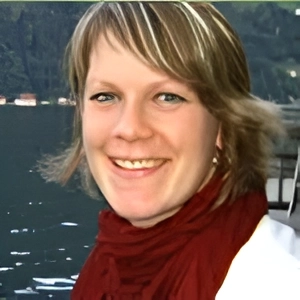
 Reading time: 7 minutes
Reading time: 7 minutes 